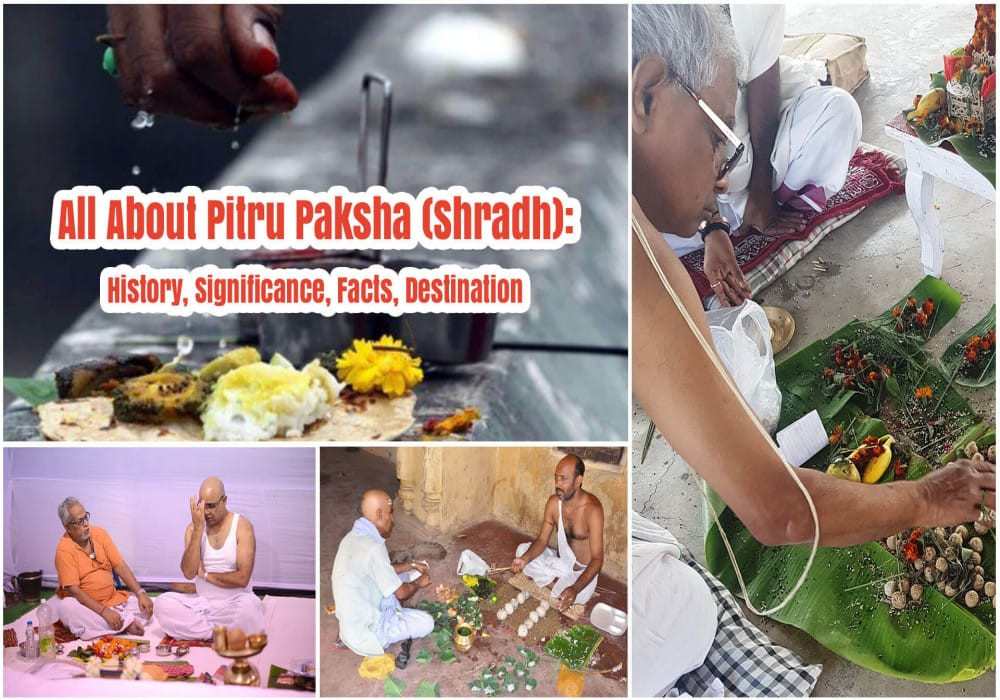
Last Updated At: 11-Jul-2024
All About Pitru Paksha: History, Significance, Facts and Places
Pitru Paksha, also known as Shradh, is a lot more than just not eating Non-veg, no shopping, no celebrations, and all the negative things attached! Come, let’s take you on a quick tour to help you know what shradh is all about and why it's an opportunity to express your gratitude to your ancestors who loved you dearly.
Pitru Paksha (Shradh) is a 16-day period of paying homage to your ancestors who have departed from this materialistic world, as per the Hindu calendar. The period is marked by offering prayers, food, and daan to the needy and the priests in the temple. All the rituals and prayers are performed in respect and remembrance of the ancestors who left for the heavenly abode and to wish them well wherever they are.
History of Shradh

Do you know how the 16-days of shradh came into existence? Read till the end to know the unknown story behind the beginning of Shradh. As per ancient folklore, when Karna, Kunti’s first son from Mahabharata died, he went to heaven and was offered gold and precious jewels, to which Karna asked Indra that he wish to have food and water, and not these precious jewels. Hearing that Indra replied to Karna that he only donated gold and jewels to people all his life and never offered food and water in the name of his ancestors.
To this, Karna told Indra that he didn’t know about his ancestors because he was blessed by Surya deva, the lord of light and day, to his mother, and he has no clue of his ancestors. After this Karna was sent to earth for a period of 15 days so that he could perform shradh for his ancestors and donate food and water. Since then, this period of 15 days is regarded as pitru paksha.
As documented in the Garuda Purana Shradh holds major significance in the first year of death. As per the ancient scriptures, it is believed that the soul starts traveling to Yamapuri on the 14th day after death and reaches there in 17 days. They again travel for 11 months to reach the court of Yamaraj. It is said that till the time the soul reaches the court, it has no access to food, water, and clothes. The daan, tarpan, and offerings that we perform during Pitru paksha reach these souls and satisfy their hunger and thirst.
How Shradh is Performed?

The shradh puja is performed by a male member, mostly the eldest male member of the family, or the eldest son. The shradh requires the participation of a Karta (the doer) and a pandit (the priest). The puja begins when a pandit comes home to perform a havan, after the havan, rice is offered to the departed souls, which is followed by offering food to the pandit.
The puja concludes with Dakshina and Daan to the pandit and the needy people. A part of the food that is prepared is also offered to crows, dogs, and cows. In case the date or the tithi of the deceased is not known to anyone then the Shradh ceremonies are performed on Amavasya, the last day of shradh.
What is Pind Daan

Pind Daan is a duty that every child needs to perform for his deceased parents. Pind Daan is performed by a priest and a food ball made of rice and wheat flour is offered to the departed souls. Offering this special food is considered as Pind Daan. It is believed that after performing the Pind Daan our ancestors achieve moksha.
Interesting Facts about Shradh
If you are someone who always thought why the food prepared in Shradh was offered to specific animals then scroll down to know the story and significance behind it.
Crows

It is believed that the deceased ones come in the avatar of crows on earth in search of food and water and feeding them is equivalent to feeding our ancestors. Another belief is that crows are messengers to ‘pitri loka’ (the land of deceased) and are associated with element one of the five elements i.e. ‘air’.
Ants

Ants are also offered the food in shradh puja. An ant is considered the element ‘fire’ and feeding sweet food to ants is an auspicious act and brings the blessings of our ancestors.
Dogs

It is believed that dogs guard the doors of heaven and hell. A dog is considered as the element of ‘water’ and feeding a dog is an auspicious sign.
Cows

Cows have already been given a significant status in the Hindu religion and feeding them during shradh is considered auspicious. A cow is associated with element ‘earth’ and as per common belief, feeding cows during Pitru paksha brings peace to the departed souls.
Brahmin

It is believed that only after feeding the Brahmins our ancestors accept the food and water, so if you have missed this part then the puja is incomplete.
Significant Destinations where Shradh is Performed
Gaya

Gaya, Bihar, is the most prominent destination to perform Shradh rites and ceremonies. During ancient times, it was known as Gayapuri and here the pind daan is performed with wheat flour balls.
Varanasi

Varanasi is an ancient city of India which is situated in Uttar Pradesh. The city is known for many religious reasons and a few of them are shradh ceremonies and asthi visarjan ceremonies. Here the ceremonies are performed on the ghats (banks) of Holy Ganges.
Badrinath

Badrinath is a holy town in the state of Uttarakhand which is also home to Lord Shiva, the destroyer. Many people visit Badrinath to perform the sacred puja and related ceremonies like Daan, Dakshina in the sacred ambiance of the place. The Alakananda river and Brahma Kapal Ghat are the 2 major places where all the shradh ceremonies are performed by priests.
Allahabad

Allahabad or Prayagraj (current name) is considered a sacred place for performing Shradh because it is the place where 2 holy rivers Ganga and Yamuna meet. People visit the place on Anantha Chaturdashi to perform the puja.
Kurukshetra

Kurukshetra is situated in Haryana and is regarded as a holy place in the Vedas and mythological texts. Pehowa a town situated near Kurukshetra is another significant destination where shradh is performed. The banks of river Saraswati is the place where shradh is performed. It is believed that an ancient king, King Prithu stayed on the banks of river Saraswati and offered water to the visitors after his father’s death. The spot today is known as prithudaka or Prithu’s pool.
Pushkar

No other place can be more auspicious than this, as Lord Rama performed the pind daan in the memory of his ancestors here in Pushkar. Pushkar is situated in Rajasthan and receives great footfall during Pitru paksha.
Jagannath Puri

Home to Lord Jagannath, the place is flocked by people from across the country during shradh. Jagannath is also one of the 4 dhams and it is believed that the deceased souls get free from the vicious circle of life and death if their shradh is performed here.
Mathura

Mathura is another holy destination that is considered auspicious to perform shradh ceremonies. People visit Mathura to perform pind daan and it is a common belief that performing pind daan here has the maximum benefit.
Significant Dates of Shradh
Sharad Purnima: The first-day of shradh
Pratipada Shradh
Dwitiya Shradh
Tritiya Tithi Shradh
Bharani Nakshatra Shradh
Panchami Tithi Shradh
Shashthi Tithi Shradh
Saptami Tithi Shradh
Ashtami Tithi Shradh
Navami Tithi Shradh
Dashami Tithi Shradh
Ekadashi Tithi Shradh
Magha Nakshatra Shradh
Chaturdashi Tithi Shradh
Sarvapitri Amavasya: The last day of Shradh
Now that you know what shradh is all about, make the most of this auspicious event and seek your ancestor's blessings. This is your time to express your love for them!
--- Published By Adotrip
Latest Blogs
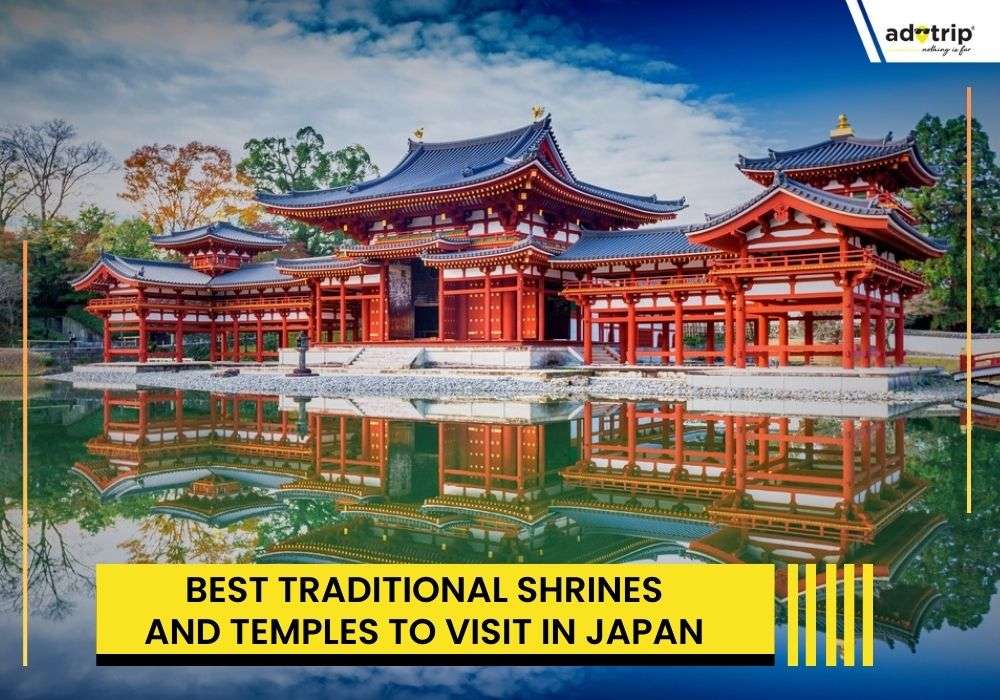
Best Traditional Shrines and Temples in Japan
.jpg)
Famous Places For Foodies in India 2025

Coron vs. El Nido: Which Is Truly Better?

Packing Tips for Your Next Disney Vacation

10 Best Dream Trips in Asia You Must Experience
Speak to our experts
Popular Flights
Patna to Thiruvananthapuram Flights
Varanasi to Coimbatore Flights
Jaipur to Kochi Flights
Patna to Srinagar Flights
Indore to Jaipur Flights
Thiruvananthapuram to Chandigarh Flights
Srinagar to Lucknow Flights
Chennai to Mumbai Flights
Lucknow to Amritsar Flights
Patna to Raipur Flights

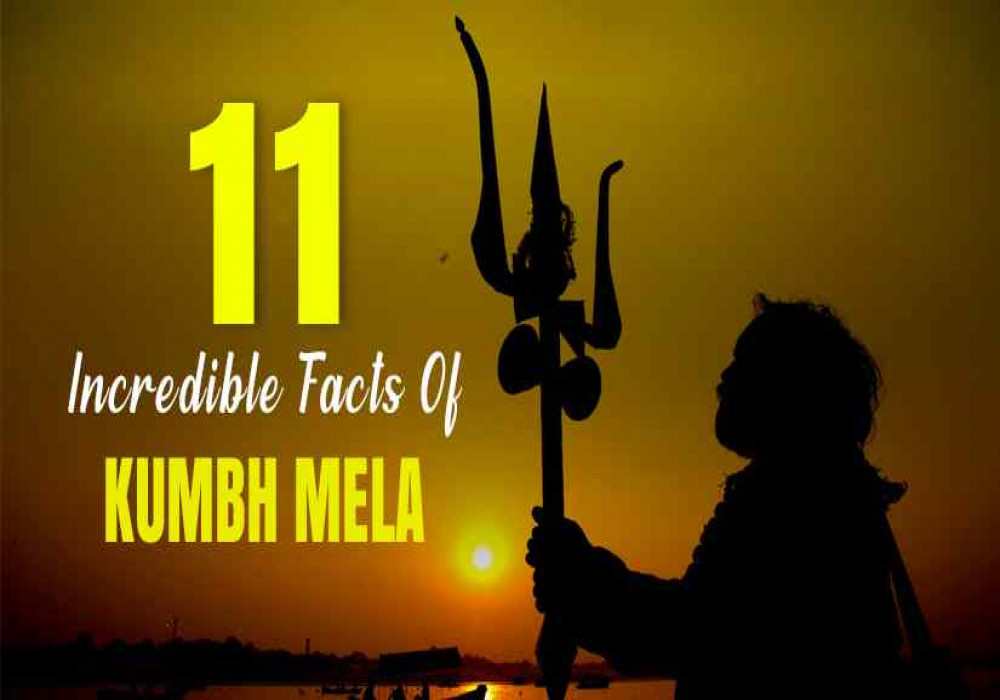


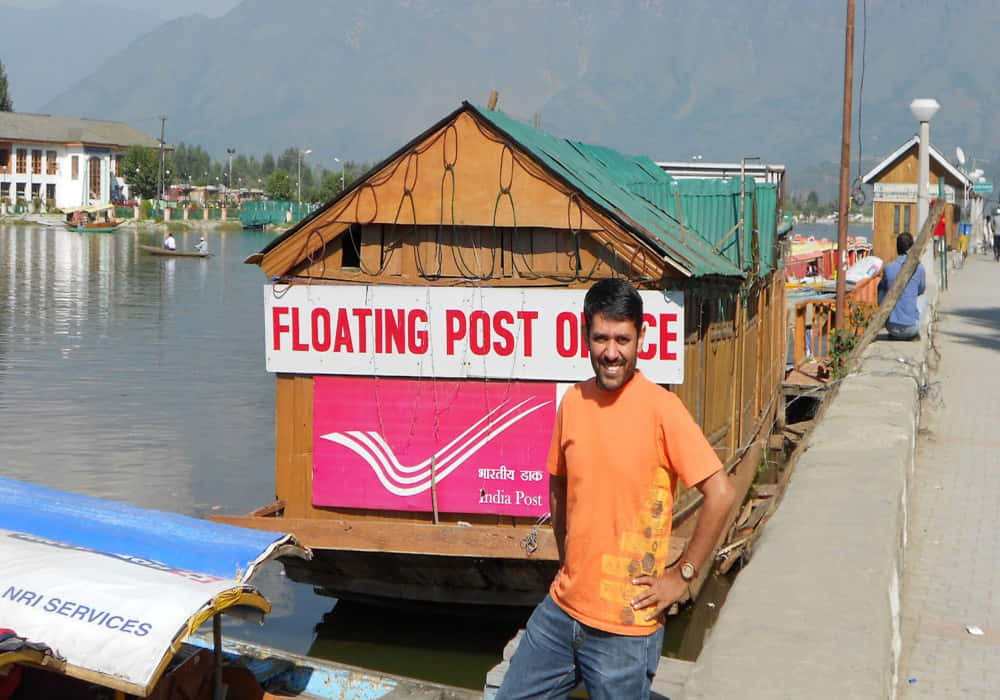
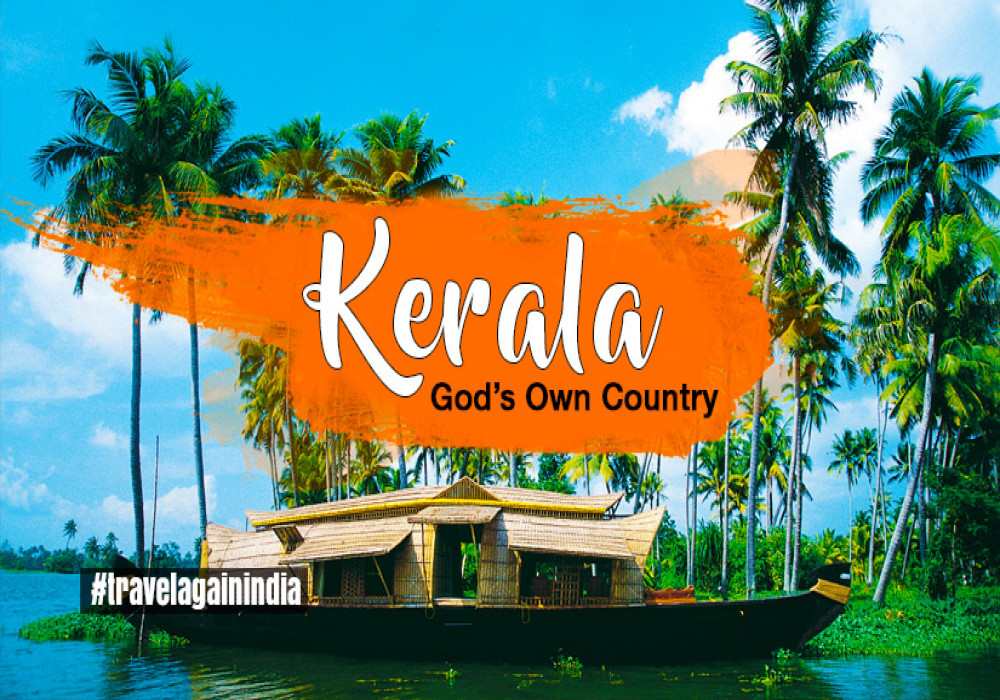
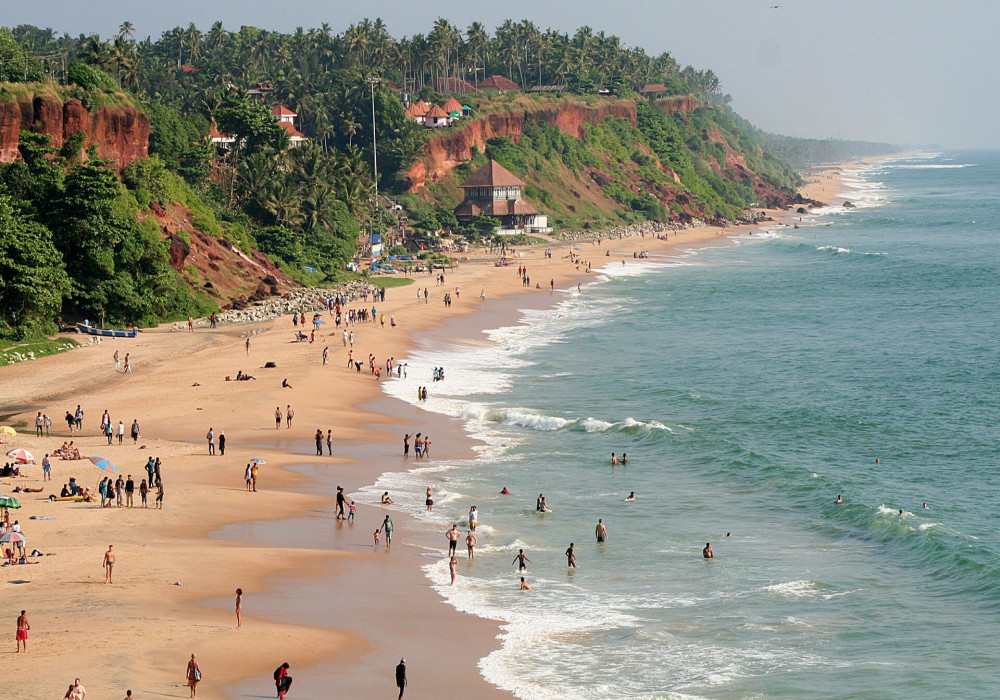
 Dubai
Dubai Malaysia
Malaysia USA
USA





